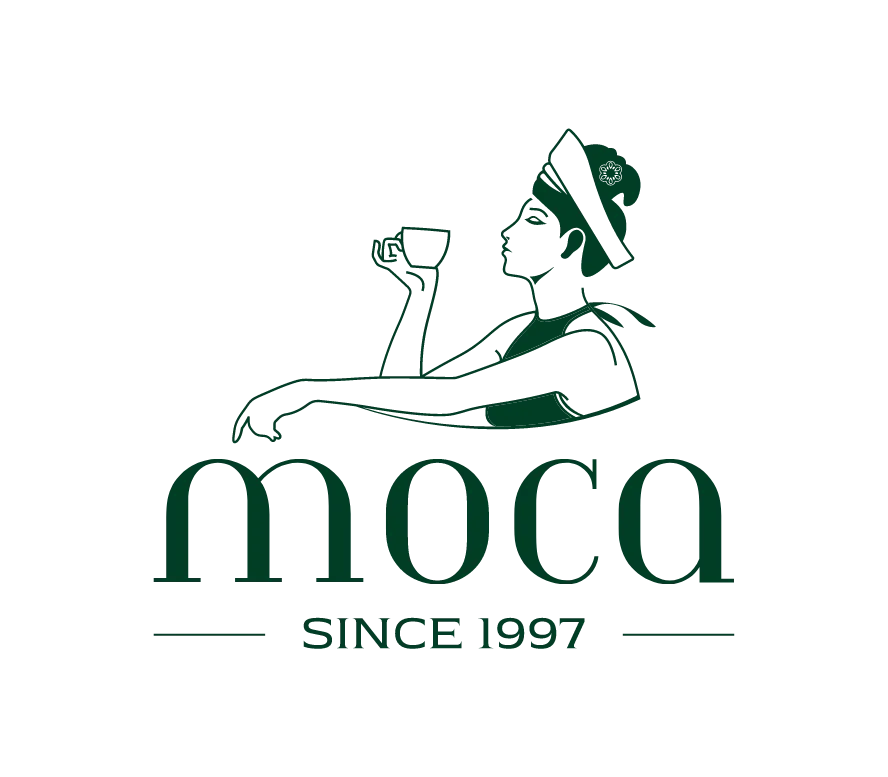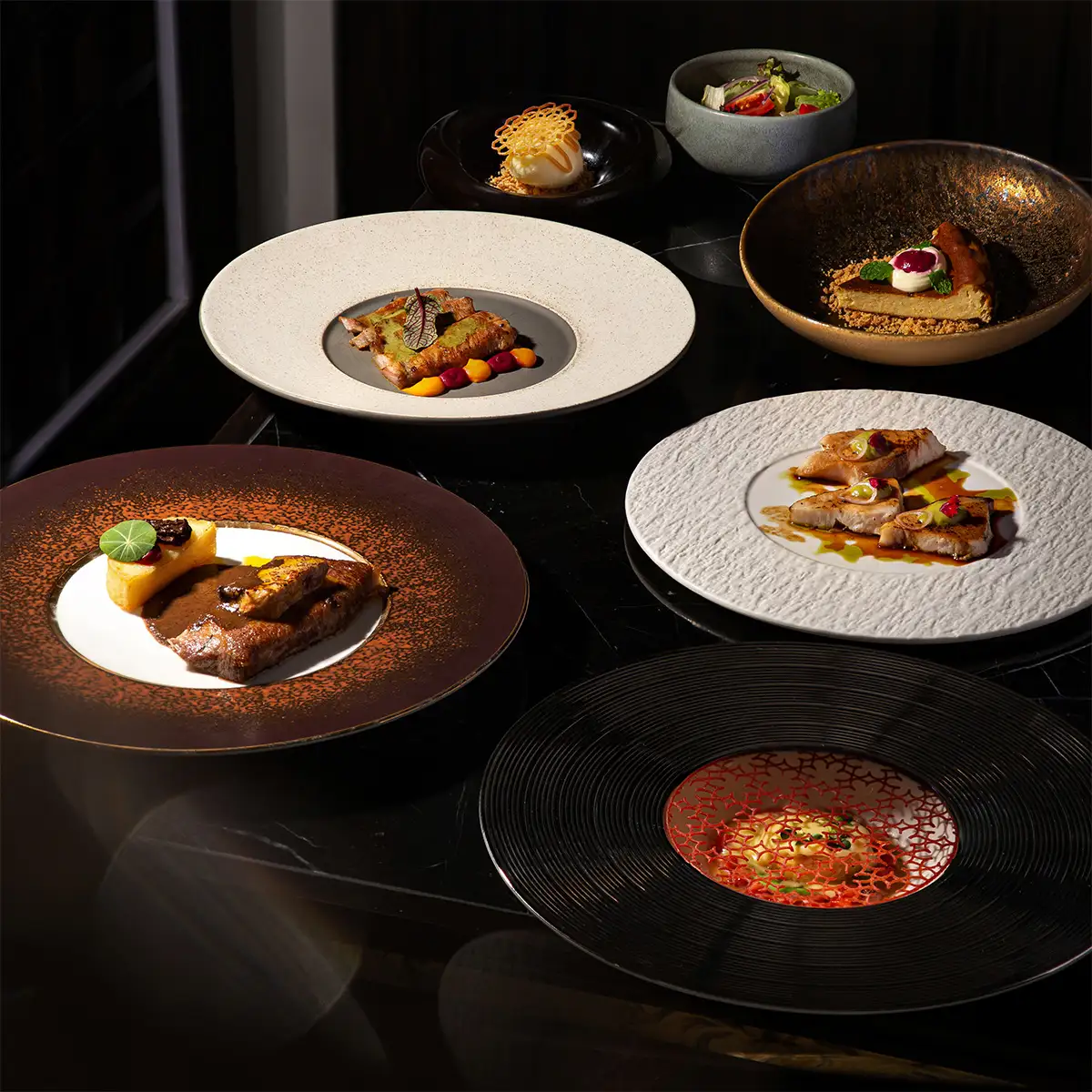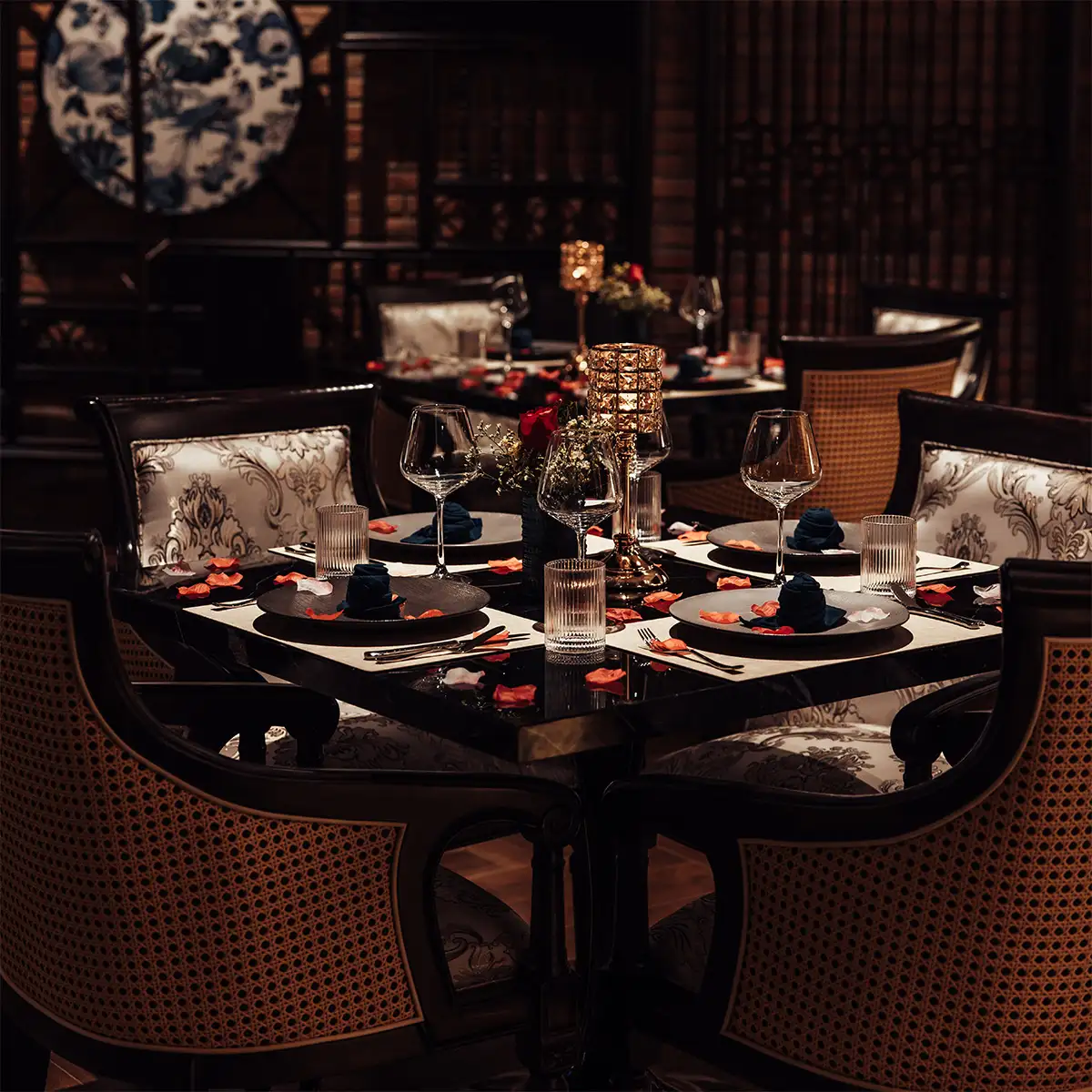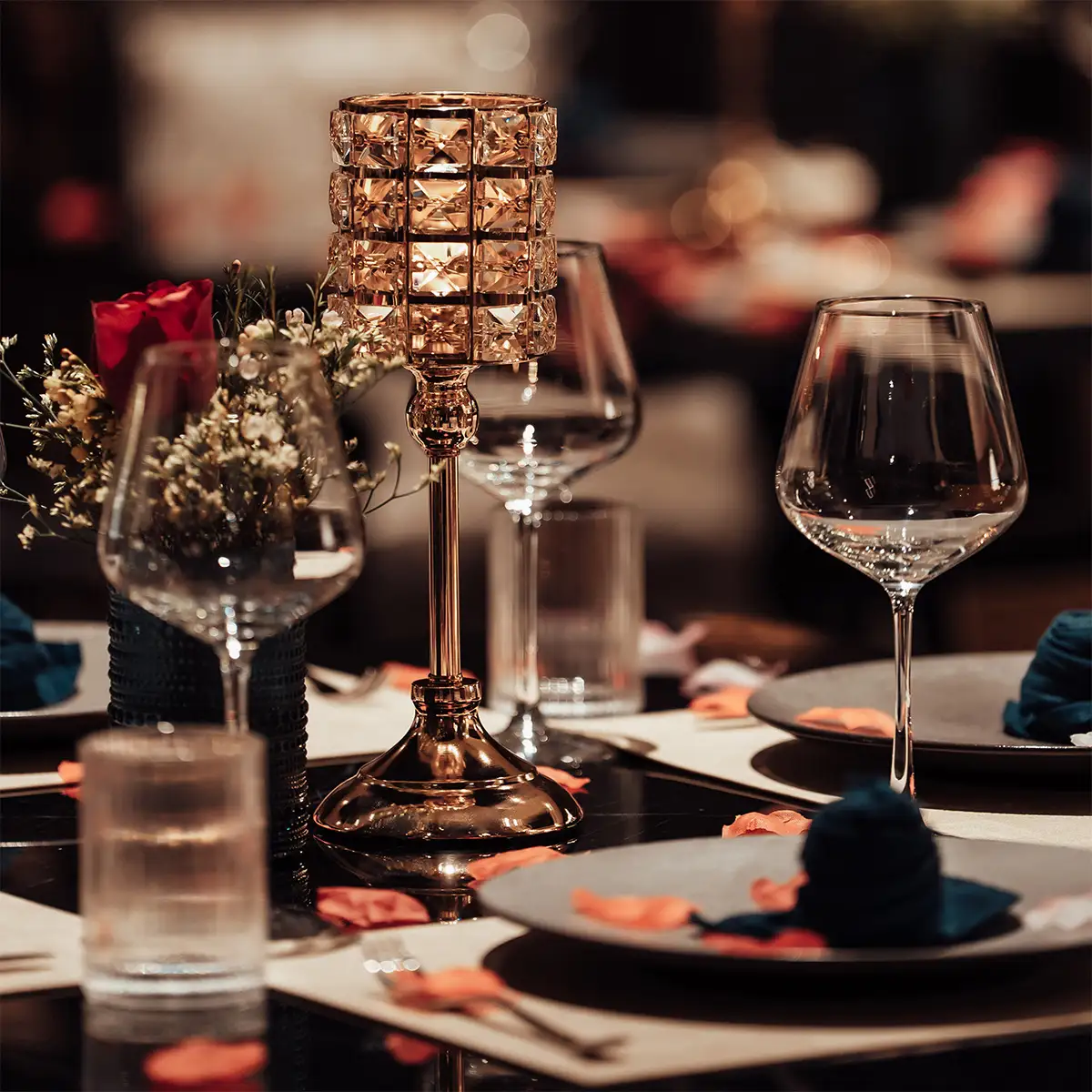In the realm of haute cuisine, the Michelin Guide stands as a hallmark of excellence. Achieving and maintaining a Michelin star requires restaurants to excel not only in flavor but also in presentation. Michelin star plating techniques are paramount to creating a memorable dining experience. This article delves into the michelin plating techniques employed by Michelin star restaurants, uncovering the secrets that chefs use to transform dishes into edible works of art. We'll explore the importance of michelin plating techniques in the Michelin dining experience, examining the techniques and styles used to craft visually stunning and delicious dishes.
1. The art of plating in Michelin-starred restaurants
In Michelin-starred establishments, plating transcends mere food arrangement; it's a pivotal element in crafting a memorable dining experience. The artful application of Michelin plating techniques elevates the diner's perception, setting the stage for the culinary journey ahead. Thoughtful plating enhances the inherent flavors and textures of each component, creating a symphony of sensations on the palate. Achieving the right balance between aesthetics and functionality is crucial; the presentation must be visually appealing without compromising the dish's integrity or ease of consumption. Chefs employ diverse michelin star plating techniques and styles, from minimalist arrangements that highlight individual ingredients to elaborate compositions that tell a story. The goal is to create a harmonious blend of visual appeal and culinary excellence, solidifying the restaurant's commitment to the Michelin standard.
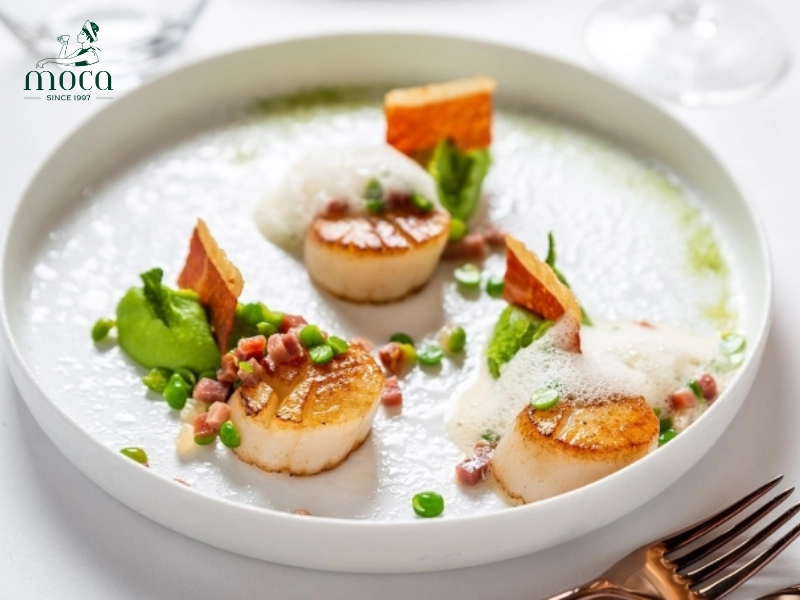
Plating in Michelin-starred restaurants is an art form—balancing beauty, flavor, and function to deliver a multisensory culinary experience.
2. Key plating techniques
Mastering Michelin star plating techniques requires a deep understanding of several key elements:
- Composition and balance: Creating visually appealing arrangements is paramount. This involves carefully balancing colors, textures, and shapes to achieve a harmonious composition. The effective use of negative space is also crucial, allowing the eye to rest and appreciate the individual components of the dish.
- Saucing and garnishing: The artful application of sauces and garnishes can elevate both the visual appeal and the flavor profile of a dish. Michelin chefs employ various techniques to add sauces in a way that complements the overall presentation. Edible flowers, herbs, and other decorations are used to create visual interest and enhance flavors.
- Texture and height: Adding height and dimension to a dish can create a more dynamic and engaging presentation. Michelin plating techniques often involve creating contrasting textures through the use of various cooking methods and ingredients. Foams, gels, and other modern techniques can also be used to add visual interest and textural complexity.
- Color and contrast: The strategic use of contrasting colors can create a striking visual impact. Arranging food to highlight its natural colors is a key aspect of Michelin plating. Colorful sauces and garnishes can also be used to add vibrancy and visual appeal.
- Modern techniques: Michelin chefs are constantly exploring new and innovative plating techniques. This includes incorporating elements of molecular gastronomy and utilizing modern tools to create unique and visually stunning presentations. These techniques push the boundaries of culinary artistry and contribute to the overall dining experience.
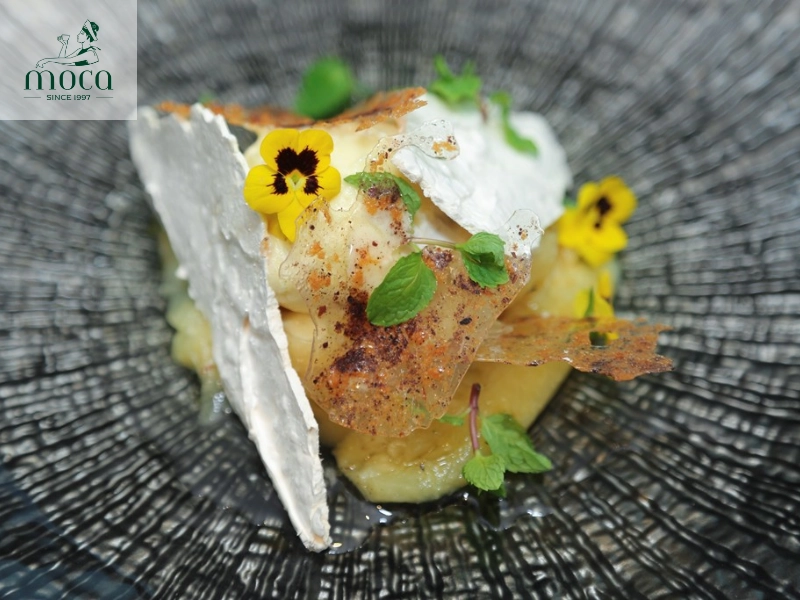
Michelin plating techniques focus on balance, texture, and innovation—each element thoughtfully placed to elevate both visual beauty and flavor.
Learn more: Understanding 3-Michelin-Starred Restaurants
3. Examples of Michelin-starred plating
To truly appreciate the artistry of Michelin star plating techniques, let's examine a few specific examples from renowned Michelin-starred restaurants.
- "The Garden" at L'Arpège (Paris, 3 Michelin Stars): This dish, a signature of Chef Alain Passard, exemplifies the beauty of simplicity and the celebration of seasonal vegetables. Finely sliced, vibrantly colored vegetables are arranged in a seemingly random yet perfectly balanced composition. The plating emphasizes the natural beauty of each ingredient, with delicate edible flowers and herbs adding subtle pops of color and texture. The use of a light vinaigrette enhances the flavors without overpowering the vegetables. This michelin plating technique showcases a deep respect for nature and a commitment to highlighting the inherent qualities of each ingredient.
- "Langoustine, Pomelo, and Sea Buckthorn" at Geranium (Copenhagen, 3 Michelin Stars): Chef Rasmus Kofoed's creation is a study in contrasts and textures. The delicate langoustine is presented atop a bed of bright orange pomelo segments, with dots of sea buckthorn gel adding a tart and acidic counterpoint. The plating is meticulously precise, with each element carefully placed to create a visually stunning and harmonious composition. A light foam adds height and airiness to the dish. This michelin plating technique demonstrates a mastery of modern culinary techniques and a keen eye for detail.
- "Hay-Smoked Pigeon" at The Fat Duck (Bray, 3 Michelin Stars): Heston Blumenthal's iconic dish is a multi-sensory experience that begins with the presentation. The pigeon is served under a cloche filled with hay smoke, which is released tableside, creating a dramatic and aromatic effect. The plating is rustic yet refined, with the perfectly cooked pigeon accompanied by carefully arranged root vegetables and a rich jus. This michelin plating technique showcases a playful approach to dining and a commitment to creating memorable and immersive experiences.
These examples demonstrate the diverse range of michelin plating techniques employed by top chefs around the world. Each dish is a unique work of art that reflects the chef's vision and the restaurant's culinary philosophy.
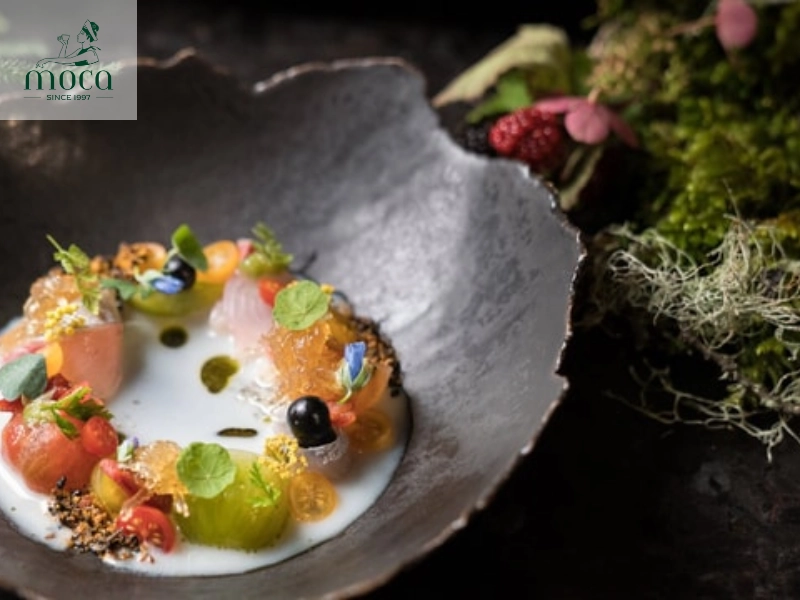
Michelin-starred plating is as diverse as it is artful—from elegant simplicity to dramatic flair, each dish tells a unique story of flavor, technique, and imagination.
Learn more: SEO Title: Vietnam's Michelin Scene: Top Eateries to Explore
4. The impact of plating on the dining experience
The art of Michelin star plating techniques extends far beyond mere aesthetics; it profoundly influences the diner's perception of the entire meal. The visual presentation sets the stage, creating anticipation and priming the palate for the flavors to come. A beautifully plated dish can elevate the perceived quality of the ingredients and enhance the overall dining experience.
The emotional and artistic aspects of plating are undeniable. A well-crafted presentation can evoke feelings of delight, wonder, and even nostalgia. Chefs use michelin plating techniques to express their creativity and communicate their culinary vision to the diner. The plating becomes a form of artistic expression, transforming the dish into a work of art.
Ultimately, the role of plating is to create a memorable meal. A dish that is both visually stunning and delicious will leave a lasting impression on the diner. Michelin-starred restaurants understand the importance of plating in creating a holistic and unforgettable dining experience. By paying meticulous attention to detail and employing innovative michelin plating techniques, these establishments elevate the dining experience to an art form.
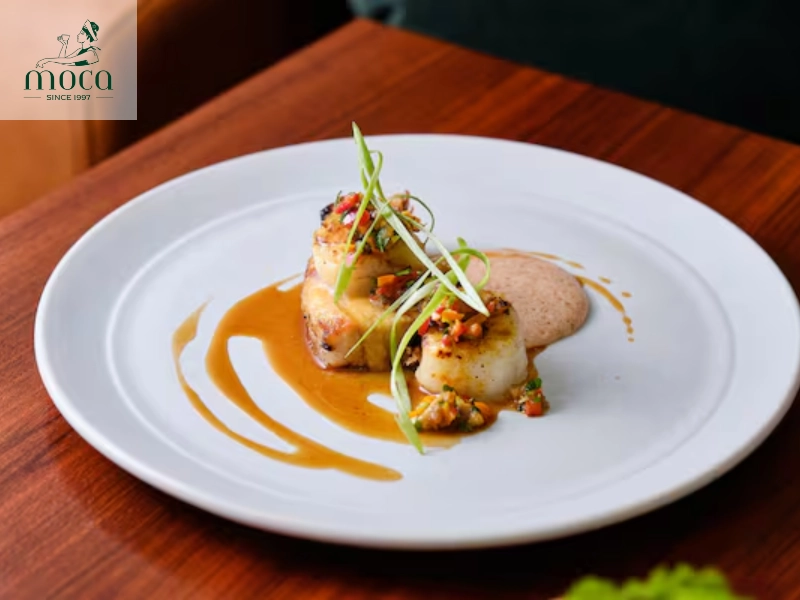
More than just beauty, Michelin plating creates emotion—engaging the senses, expressing creativity, and transforming food into a lasting memory.
In summary, Michelin star plating techniques are an integral component of the Michelin-starred dining experience. From carefully considering composition and balance to mastering saucing, garnishing, texture, height, and color, chefs employ a diverse range of techniques to create visually stunning and delicious dishes. The impact of plating extends far beyond mere aesthetics, profoundly influencing the diner's perception of the food and contributing to the overall memorability of the meal. Ultimately, the artistry and creativity of Michelin chefs shine through in their meticulous attention to detail and their innovative approach to plating, transforming each dish into a work of art that elevates the dining experience to new heights.
If you're looking for more reviews on Michelin stars restaurants, don't hesitate to check out Moca Dining for more insights!
For reservations and more information, simply visit Moca Dining’s official website or contact us directly. We're here to make your dining experience truly memorable.
Contact details
Moca Dining
16 Nha Tho, Hang Trong Ward, Hoan Kiem District, Hanoi
Tel: 0819961997 | 08.1997.202
